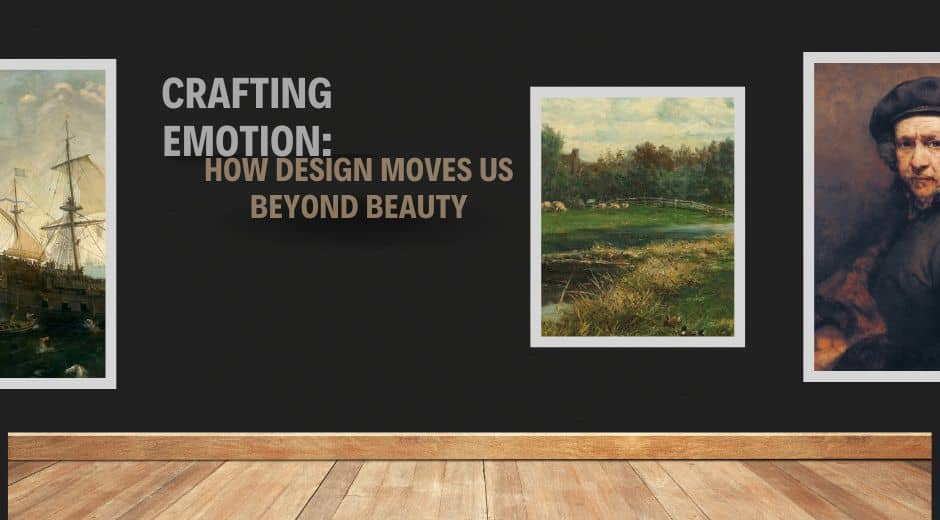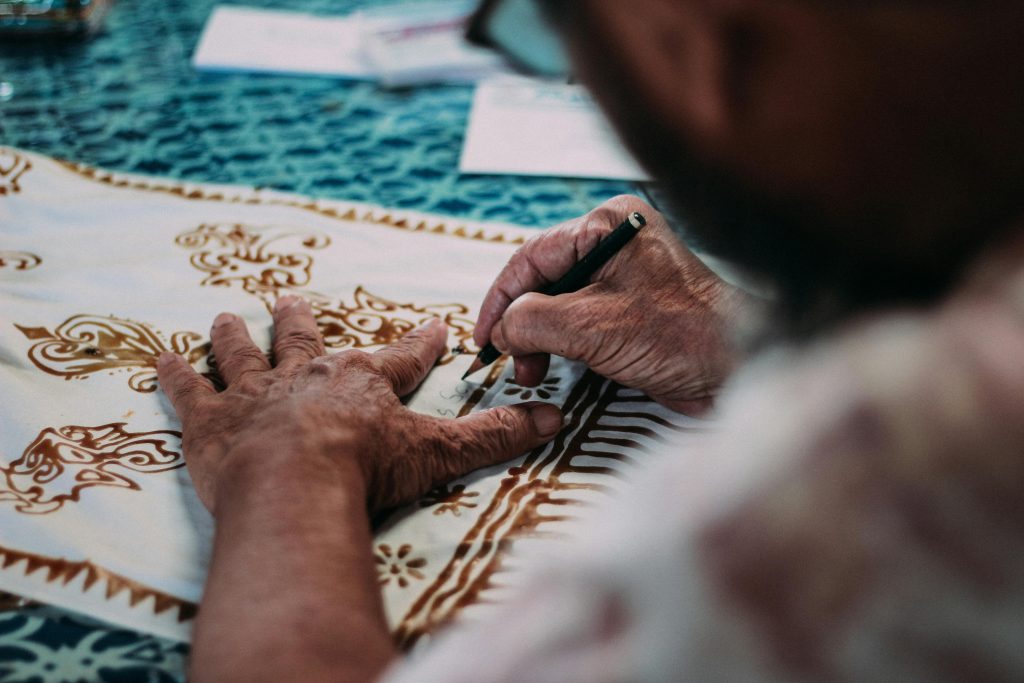The Balance of Beauty: Designing with Purpose and Presence
The Balance of Beauty: Designing with Purpose and Presence
Beyond Aesthetic Appeal
Design isn’t just about what we see — it’s about what we sense. A well-composed space doesn’t simply please the eye; it invites comfort, focus, and belonging.
Every material, shadow, and proportion carries intention. When design follows purpose rather than trend, it begins to tell a quiet story — one that connects structure with human experience.
Purpose-driven design doesn’t ask how something looks, but why it exists.
1. The Role of Purpose in Design
Design starts with understanding — of space, of need, of behavior. Whether shaping an interior, an object, or a digital layout, the goal remains the same: clarity through purpose.
A chair designed for rest, a hallway planned for light, or a layout built for focus — each decision supports human flow.
It’s in these details that intention turns into function.
When design reflects purpose, beauty follows naturally.
For a timeless example of vision expressed through color, movement, and purpose, visit The Life of Vincent van Gogh.
2. Harmony Through Balance and Proportion
Balance is the unseen rhythm behind visual comfort.
When elements align — shape, color, weight, and spacing — the eye moves effortlessly, and the mind rests.
Proportion determines how a space feels: too much symmetry becomes predictable, too little creates tension.
The most captivating designs strike equilibrium between structure and surprise.
This delicate harmony doesn’t happen by chance — it’s the result of observation and restraint.
3. The Power of Texture and Material
Texture brings life to stillness. The coolness of stone, the softness of fabric, the reflective sheen of glass — each adds depth and dimension.
Combining materials thoughtfully enhances not only the look but also the experience of a space.
Natural elements like wood and linen can ground modern structures, reminding us of warmth amid refinement.
Good design doesn’t shout for attention — it invites touch and interaction.
4. Designing for Presence
Modern life often pulls our attention in every direction.
Purposeful design helps counter that — creating environments that encourage stillness, focus, and connection.
Spaces that prioritize calm over clutter and intention over impulse help us live more consciously.
It’s not about perfection; it’s about designing environments that reflect how we want to feel — steady, present, at ease.
5. Simplicity as Sophistication
True sophistication lies not in abundance but in precision.
Every well-designed space or object carries a quiet confidence: nothing is missing, and nothing is unnecessary.
When each element serves a role — visually or functionally — simplicity transforms into elegance.
This is not a lack of detail; it’s mastery through clarity.
6. The Connection Between Environment and Wellbeing
How we arrange our surroundings directly affects how we think, focus, and recover.
Natural light, air flow, and spatial order are more than aesthetic choices — they influence mental and physical balance.
Design and wellness have always shared a connection.
That relationship is now being redefined through mindfulness, ergonomic layouts, and sustainable choices that prioritize both beauty and health.
For deeper insights into how design supports wellbeing, explore BodyWellnessGroup.com, a space dedicated to balance between the physical and the mindful.
7. Color as Communication
Colors are silent communicators — they define atmosphere and emotion without words.
Warm tones invite connection; cool hues offer calm. The use of contrast, gradients, or subtle tones shifts perception and guides attention.
The key lies in intentional use — not abundance, but precision.
A single accent wall or carefully chosen shade can alter the entire character of a room.
8. Sustainability and Meaning
Purposeful design also means responsibility.
Sustainable materials, modular furniture, and timeless craftsmanship remind us that design choices shape not only our homes but also our planet.
When function meets mindfulness, the outcome is design that endures — built to last, adapt, and inspire.
Conclusion: Where Purpose Meets Beauty
Design’s true purpose is not to decorate but to connect — form to function, person to place, object to meaning.
When each decision is made with clarity, every corner tells a story of balance and care.
“True beauty exists where function and feeling align.”
In the end, design becomes more than visual — it becomes lived experience.
It reminds us that beauty doesn’t begin with trend or decoration — it begins with purpose.
Inspiration Expression Eternity

Shaping Atmosphere: How Visual Choices Transform a Space
A space changes instantly through form, color, shadow, and arrangement. Explore how thoughtful visual decisions influence mood and elevate everyday interiors.

Shaping a Scene: How Structure Guides the Eye
Every sketch benefits from structure. By guiding the viewer’s eye with thoughtful arrangement, illustrators create pieces that feel intentional, balanced, and visually inviting.

How Traditions Evolve Through Modern Life
Traditions don’t disappear as time passes — they shift, adapt, and take on new forms. Explore how modern life reshapes long-standing customs while keeping their spirit alive.












